At Nest Collaborative, we support every parent’s unique breastfeeding journey. Some individuals with nipple piercings may wonder whether their piercings might affect lactation–the good news is: breastfeeding with pierced nipples is usually possible. But there are a few important considerations to ensure safety, comfort, and success for both parent and baby.
Yes. Many parents successfully breastfeed after having their nipples pierced. However, several factors—like the status of the piercing site, whether jewelry is still in place, and how the body healed—can influence the experience.
Here are some key points to keep in mind:
If you plan to breastfeed, remove nipple jewelry before nursing or pumping. Even well-secured jewelry can loosen, posing a choking hazard to your baby. Additionally, jewelry can interfere with latching and cause discomfort to both parent and child.
For those who wish to keep their piercings but still breastfeed, temporarily removing the jewelry during feedings is the safest option.
Some parents notice milk leaking from the piercing holes, especially if the jewelry was removed but the tract remains open. While this is harmless, it can be surprising or messy. A clean cloth or nursing pad can help manage leaks.
In some cases, pierced nipples may have altered milk flow patterns, with milk spraying from the additional holes. This usually doesn’t pose a problem for babies, but it can take some getting used to if it is creating a bit of a faster milk flow.
If your piercing sites have fully healed, you may still experience:
Massage and the use of olive or coconut oil can help soften scar tissue and reduce discomfort. Some parents benefit from experimenting with feeding positions to optimize the baby’s latch or milk transfer—especially if the piercing tract doesn’t align directly with the nipple opening.
One of our IBCLCs described a case where flange sizing for pumping had to be adjusted to accommodate tissue and catch leakage—a reminder that personalized solutions matter.
While most parents with pierced nipples don’t experience complications, it’s important to be aware of potential issues, such as:
If you are pregnant and have embedded jewelry or suspect complications, consult with a breast surgeon before delivery. It’s better to plan ahead to avoid feeding disruptions postpartum.
At Nest Collaborative, our board-certified lactation consultants are here to help you navigate breastfeeding with pierced nipples with confidence and care. We believe there is no one-size-fits-all approach—just tailored guidance that supports your goals and your body’s unique story.
Whether you’re planning to breastfeed for the first time or returning to it after with new piercings, our virtual visits offer a safe space to discuss concerns, troubleshoot challenges, and create a feeding plan that works for you.
You deserve support that honors your choices and helps you thrive—piercings and all.
